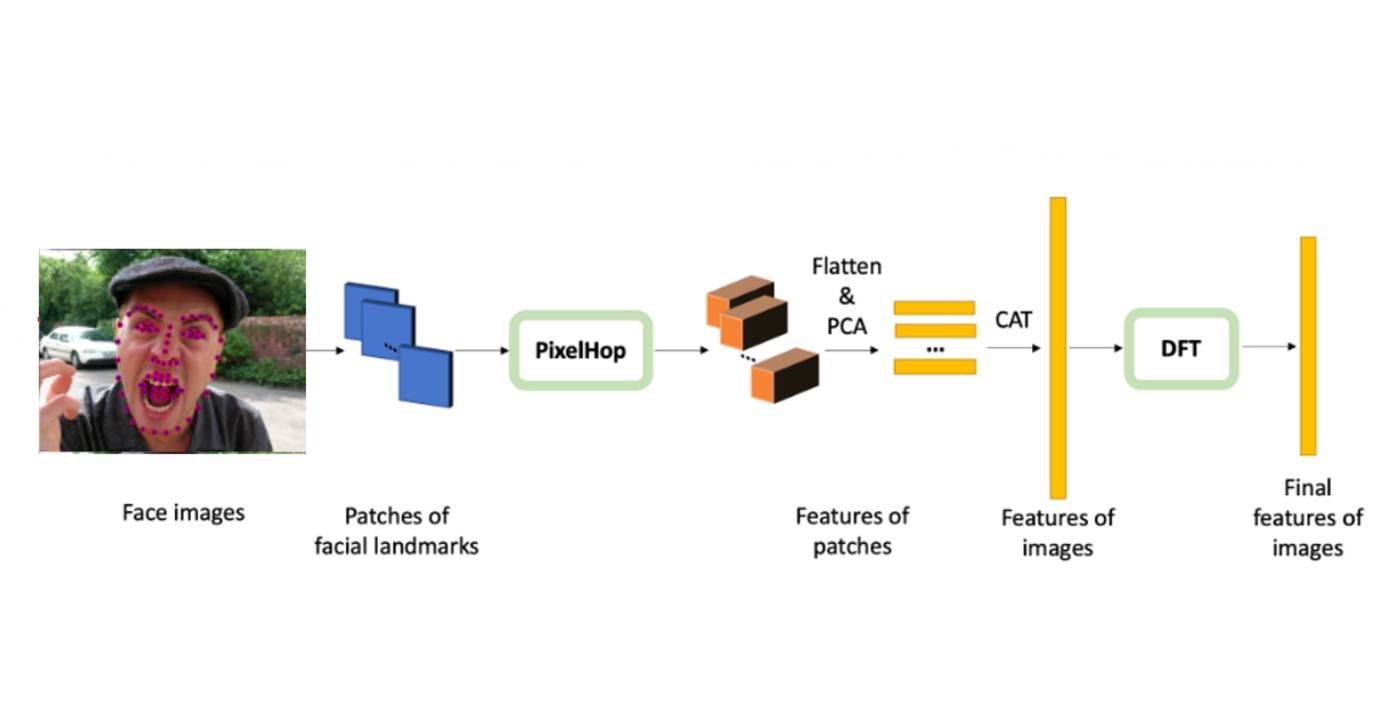Congratulations to Mozhdeh Rouhsedaghat for Passing Her Defense
Congratulations to Mozhdeh for passing her defense exam on May 12, 2022. Her PhD dissertation is titled with “Data-Efficient Image and Vision-Language Synthesis and Classification”. Her Dissertation Committee members were Jay Kuo (Chair), Keith Jenkins, and Aiichiro Nakano (Outside Member). All committee members were very pleased with the quality of Mozhdeh’s research and her well-polished presentation. We are glad to invite Mozhdeh here sharing the overview of her PhD study. We wish Mozhdeh all the best for her future career and life!
“Image classification and image synthesis are two fundamental yet challenging tasks in computer vision and pattern recognition and have drawn significant research attention over the last several decades. Image classification models learn to predict the probability of an image belonging to different classes. On the other hand, image synthesis models learn the probability distribution of data conditioned on some specific input. With the emergence of Deep Learning (DL) techniques and the availability of large annotated datasets and computational power, classification and generation models could achieve great success, however, in domains with a limited amount of data, leveraging such methods is challenging. Therefore, having data-efficient models requires further attention. In this thesis, we focus on learning-based data-efficient image and vision-and-language classification and image synthesis tasks.
In the first part, initially, we propose a method for data-efficient feature learning from images and video frames and then, use it to propose data-efficient models for face recognition, face gender classification, and also medical vision-and-language classification. We analyze each proposed model carefully and demonstrate their advantages over existing models.
In the second part, we offer a one-shot mask-guided model that allows controlling manipulations of a single image by inverting a quasi-robust classifier equipped with strong regularizers. We also demonstrate the [...]




















